Poker is a card game in which players wager against each other, and the winner takes the pot. It is a highly strategic game, in which players attempt to minimize their losses with poor hands while maximizing their winnings with good ones. It can be played socially for pennies or matchsticks, or professionally for thousands of dollars in high-end casinos. While luck is certainly a factor in poker, it requires considerable skill to be successful.
A player’s success at poker depends on quick instincts and a solid understanding of the game. Practice and observation are key to developing these skills. To practice, play poker with friends and observe experienced players to learn how they react to various situations. By watching others, you can develop quick instincts and understand how to read different betting patterns.
To make a hand in poker, a player must have at least two cards that are of the same value. Typically, the higher the pair is, the better the hand. For example, a pair of sixes is much better than a single card. A player can also get a full house, in which three of the five cards are the same.
The first thing to know is how to read a poker table. For a basic poker game, there should be a supply of chips, with one white chip equaling the minimum ante or bet; a red chip worth 10 whites, and blue chips worth twenty-five whites. Players place their chips into the pot before dealing the cards.
After the initial bets are placed, a second round of betting begins. At this point, a player can decide to raise his or her bet, call the previous bet, or fold. If a player raises, the other players can choose to match the new bet or to fold.
As you write about poker, remember that the story is all in the by-play between characters and the twists and turns of plot. The concept of a poker face can be used as a powerful metaphor for characters who conceal their intentions, and can help add layers of complexity to your story. The game’s inherent unpredictability also mirrors the complexities of a compelling narrative, and can be used to create tension and suspense.
